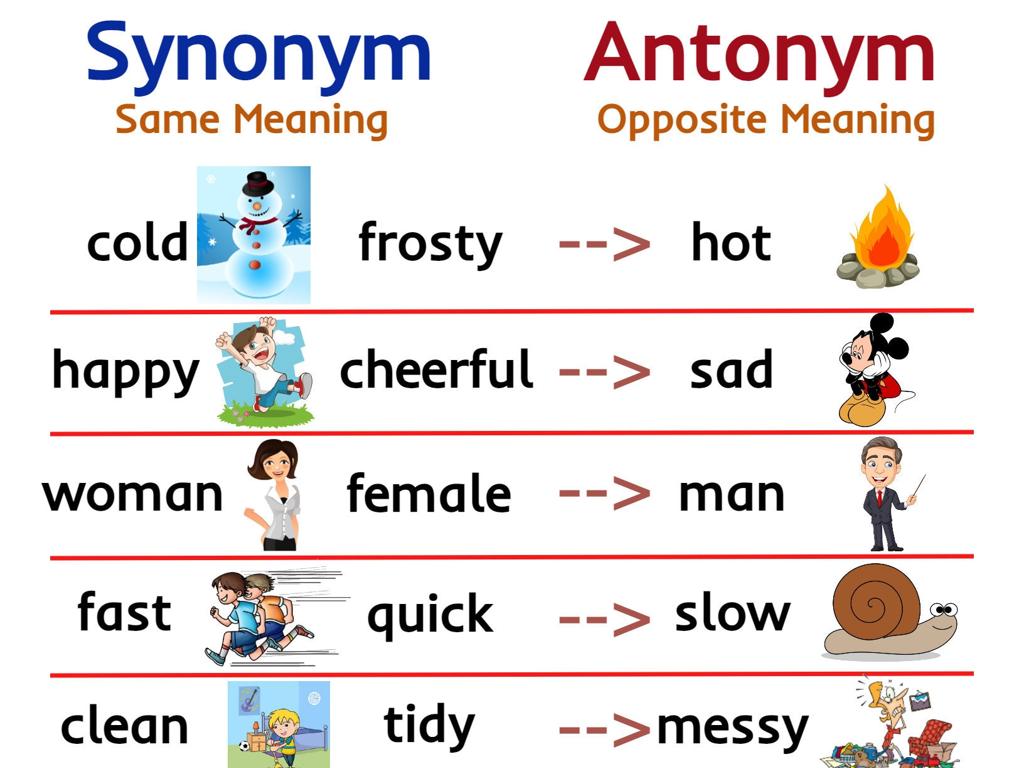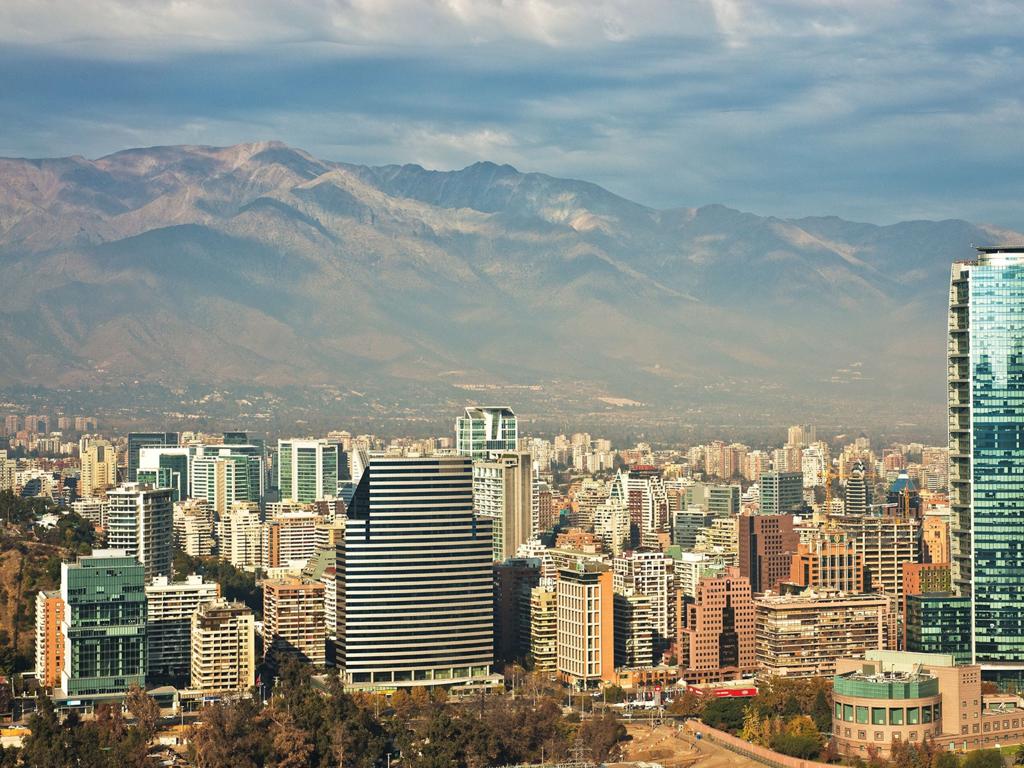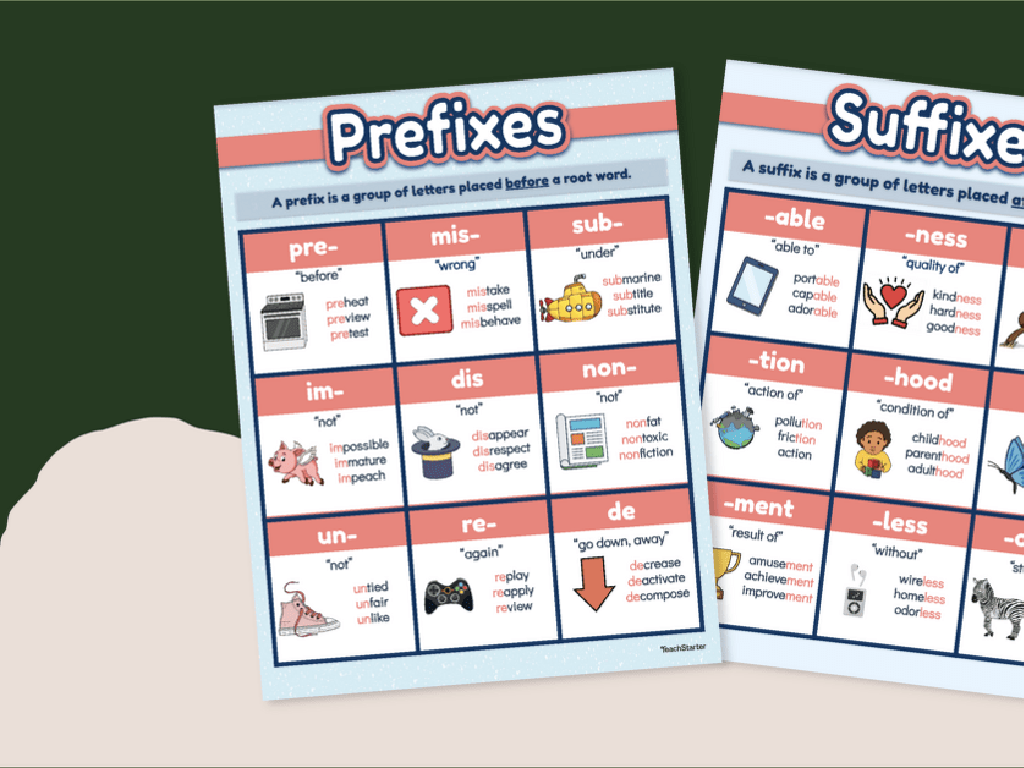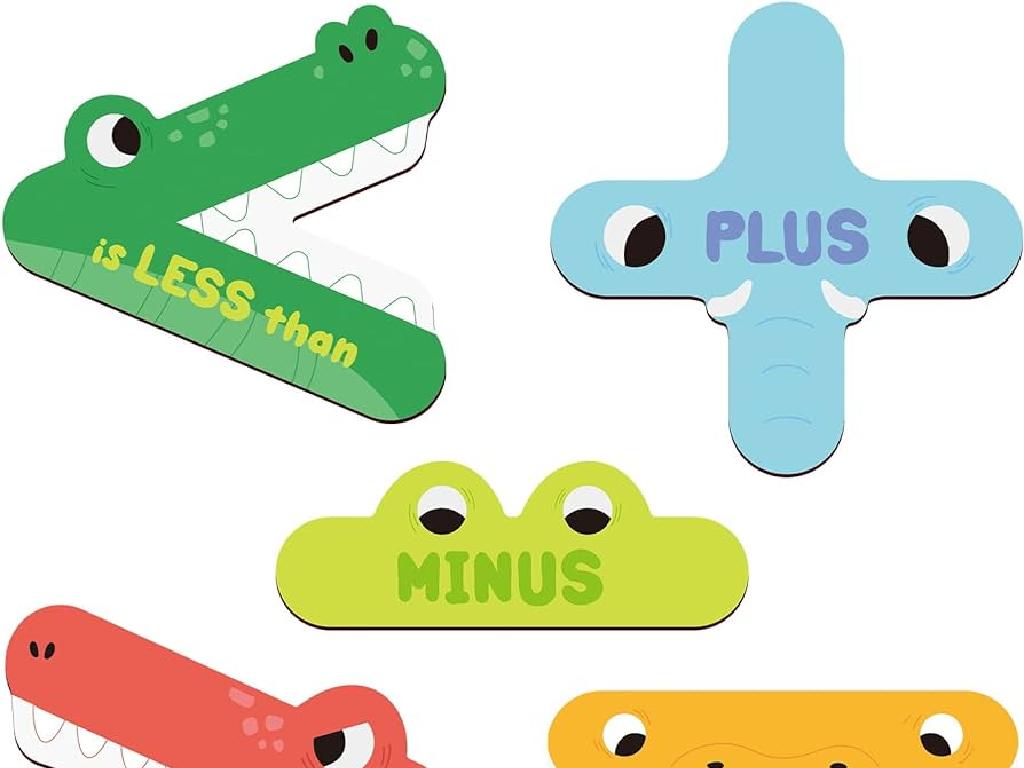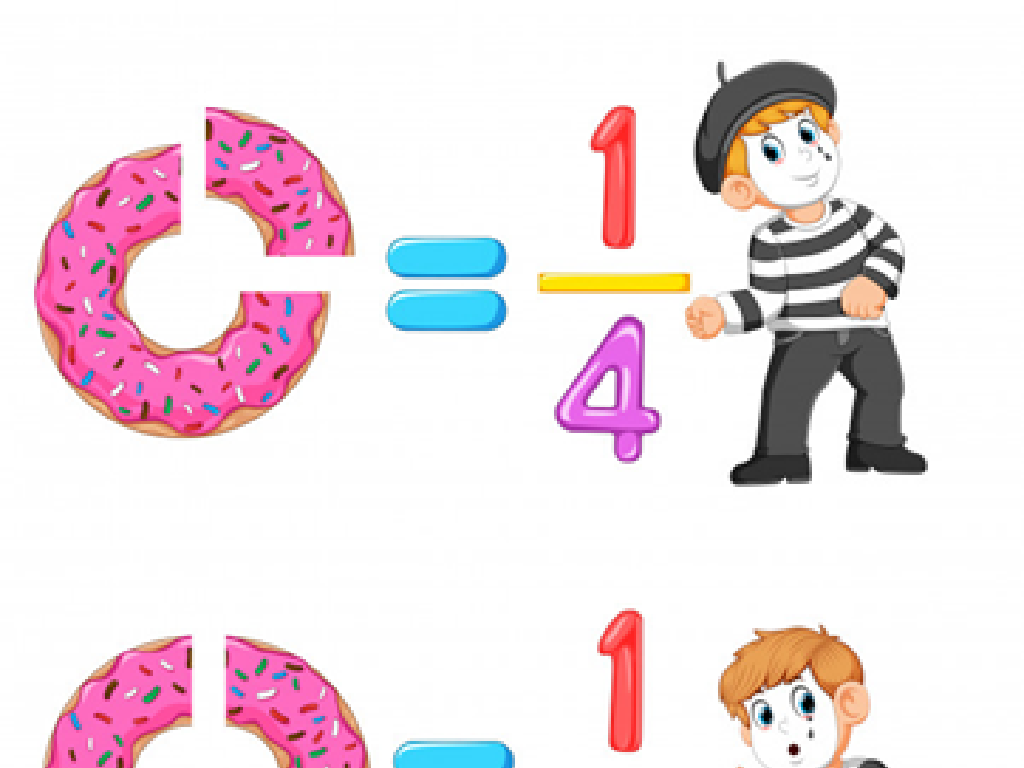Body Systems: Removing Waste
Subject: Science
Grade: Sixth grade
Topic: Anatomy And Physiology
Please LOG IN to download the presentation. Access is available to registered users only.
View More Content
Exploring Waste Removal in Our Bodies
– Importance of waste removal
Removing waste is crucial for keeping our body healthy and functioning properly.
– Body systems for waste removal
The excretory system, including kidneys and lungs, plays a key role in this process.
– Kidneys filter blood waste
Kidneys act as a filtration system, removing waste products from the bloodstream.
– Lungs expel carbon dioxide
Lungs are responsible for exhaling carbon dioxide, a waste product of respiration.
|
This slide introduces the concept of waste removal and its significance to maintaining health. It’s essential for students to understand that our bodies are constantly generating waste that needs to be eliminated to prevent toxic buildup. The excretory system, which includes organs like the kidneys and lungs, is specialized for this task. Kidneys filter out waste from the blood, turning it into urine, while the lungs remove carbon dioxide with every breath. Emphasize the efficiency of these systems and how they work continuously to keep us healthy. Encourage students to think about other ways our bodies remove waste, such as through sweating and digestion, and be prepared to discuss these in future lessons.
Understanding Waste Removal in Our Bodies
– What is waste: Unwanted substances
– Waste includes anything the body doesn’t need, like carbon dioxide or urine.
– Waste types: Solid, liquid, gas
– Solids (feces), liquids (urine), gases (exhaled carbon dioxide).
– Importance of waste removal
– Removing waste prevents toxin buildup and maintains health.
– Effects of waste on body health
|
This slide introduces the concept of waste in the context of human physiology. Waste is defined as any substance that is unwanted or unused by the body. It’s important to categorize waste into three types: solid, liquid, and gas, to help students understand the different ways our body excretes waste. Emphasize the importance of waste removal as a critical function for maintaining our body’s health, as it prevents the accumulation of harmful substances. Discuss the potential health effects if waste is not properly removed, such as toxicity or infection. Encourage students to think about how each system in the body contributes to waste removal and the interconnectivity of these systems.
The Excretory System: Waste Removal
– Excretory system’s main functions
– Removes waste, balances bodily fluids, and maintains homeostasis
– Kidneys filter blood
– Kidneys remove waste and excess substances from the blood, forming urine
– Ureters transport urine
– Ureters carry urine from the kidneys to the bladder
– Bladder and urethra expel waste
– Bladder stores urine until it’s expelled through the urethra
|
This slide introduces the excretory system, emphasizing its role in waste removal and homeostasis. Highlight the kidneys as natural filters, processing blood to create urine, which contains waste and excess substances. Explain how ureters are tubes that transport urine to the bladder, where it is stored until it is ready to be expelled from the body through the urethra. Use diagrams to illustrate these organs and their functions. Encourage students to think about how the body’s need to remove waste is similar to taking out the trash at home to maintain a clean environment.
The Digestive System: Waste Removal
– Digestion and absorption processes
– Food is broken down, nutrients absorbed, waste formed
– Large intestine’s waste removal role
– Absorbs water, forms stool
– Rectum and anus in waste elimination
– Final passage for solid waste before leaving body
– Importance of the digestive system
|
This slide introduces students to the digestive system with a focus on waste removal. Begin by explaining how digestion breaks down food into nutrients, which are absorbed into the body, and how the remaining indigestible parts become waste. Emphasize the large intestine’s role in absorbing water from this waste, turning it into stool. Then, discuss the rectum and anus as the final stages of solid waste elimination from the body. Highlight the importance of each part of the digestive system in maintaining overall health. Encourage students to think about how the body uses food and the importance of a healthy diet to support these processes.
The Respiratory System: Waste Removal
– Breathing: Oxygen in, Carbon dioxide out
– We inhale oxygen for cells and exhale carbon dioxide waste
– Lungs: Main organ for gas exchange
– Lungs transfer oxygen to blood and collect carbon dioxide
– Respiratory cleaning mechanisms
– Cilia and mucus trap particles, protecting our lungs
– Importance of clean air for health
|
This slide introduces the respiratory system’s role in waste removal, focusing on the process of breathing and the function of the lungs. Breathing is essential for taking in oxygen, which our cells need to function, and for expelling carbon dioxide, a waste product of cellular respiration. The lungs are the primary organs responsible for this gas exchange. They have a vast surface area to maximize oxygen absorption and carbon dioxide release. The respiratory system also has mechanisms to clean the air we breathe, such as cilia and mucus, which trap and remove particles and pathogens. Emphasize the importance of clean air for maintaining healthy respiratory function and overall health. Encourage students to think about how pollution can affect this system and why it’s important to protect the quality of the air we breathe.
The Skin and Sweat Glands: Waste Removal
– Skin: The body’s largest organ
– Acts as a barrier protecting against waste and germs.
– Sweat glands: Temperature and waste
– They excrete sweat, which cools the body and removes some waste products.
– Sweat’s role in body odor
– Bacteria on the skin break down sweat, which can lead to odor.
– Hygiene and health
– Regular bathing and clean clothes help manage sweat and odor.
|
This slide introduces the skin and sweat glands as crucial components in the body’s waste removal system. The skin is not only the largest organ but also a protective barrier. Sweat glands play a dual role in regulating body temperature through perspiration and aiding in waste removal. Students should understand that sweat itself is odorless; it’s the bacteria on the skin breaking down the sweat that causes body odor. Emphasize the importance of personal hygiene in managing sweat and preventing body odor. Encourage students to think about other ways the body removes waste and how different systems in the body work together to keep us healthy.
Synergy of Body Systems in Waste Removal
– Body systems work in unity
– Like a team, different organs collaborate to remove waste efficiently.
– Journey of waste in your body
– From digestion to excretion, your body is constantly cleansing.
– Healthy habits for waste systems
– Drink water, eat fiber, and exercise to aid waste removal.
– Protecting our body’s cleaners
|
This slide aims to teach students about the interconnected nature of the body’s systems, particularly focusing on waste removal. It’s crucial to convey that no system works in isolation; they all cooperate like members of a team. Illustrate the journey of waste, starting from digestion and how it travels through the body until it’s excreted. Emphasize the importance of maintaining these systems through good habits like staying hydrated, eating a diet rich in fiber, and regular physical activity. Encourage students to think of ways they can protect their body’s waste removal systems and understand the consequences of neglecting these habits.
Class Activity: Waste Removal Relay
– Engage in Waste Removal Relay
– Form teams to represent body systems
– Each team acts as a different waste removal system
– Perform relay tasks to simulate waste removal
– Tasks mimic functions of the kidneys, liver, lungs, and skin
– Reflect on the activity’s learning outcomes
|
This interactive class activity is designed to help students understand the waste removal process in the human body through a physical relay. Divide the class into small groups, with each team representing a different waste removal system (e.g., urinary, respiratory, integumentary, and digestive systems). Set up relay stations with tasks that simulate the functions of organs like the kidneys, liver, lungs, and skin. For example, filtering colored water through a coffee filter could represent kidney filtration. After the activity, lead a discussion to reflect on how each system contributes to waste removal. This will help solidify their understanding of the body’s waste management and the importance of each system working together.
Conclusion: Importance of Waste Removal
– Recap of waste removal systems
– Keeping body systems healthy
– A healthy system removes toxins efficiently, preventing illness.
– Ways to support waste removal
– Drink water, eat fiber-rich foods, and exercise regularly.
– Reflect on today’s learning
|
As we conclude today’s lesson on the body’s waste removal systems, it’s crucial to emphasize the importance of maintaining these systems for overall health. Highlight how efficient waste removal contributes to preventing diseases and maintaining homeostasis. Encourage a class discussion on daily habits that can support the body’s natural processes, such as staying hydrated, eating a balanced diet with plenty of fiber, and staying active. Ask students to reflect on what they’ve learned and how they can apply this knowledge to their own lives to promote their health and well-being.

